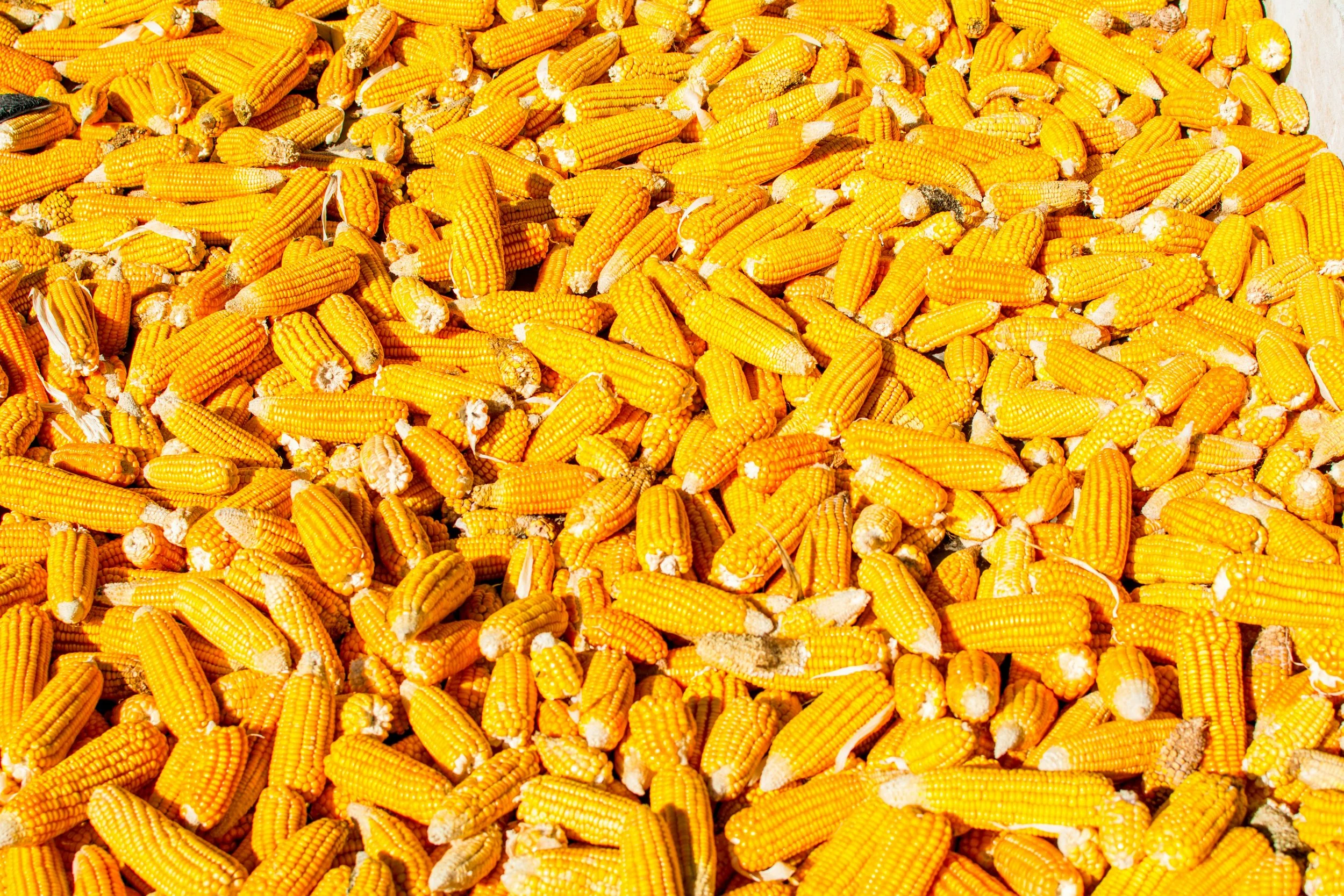Corn and Mycotoxins: Why Is This Popular Grain So Toxic?
While corn is one of the most common grains utilized in diets worldwide, it can also be one of the most contaminated. Why? Corn has long been associated with the presence of toxic compounds called mycotoxins, produced by fungi.
Because mycotoxins are so chemically diverse, they can cause a wide variety of symptoms, from nausea to even cancer. But why are mycotoxins so toxic, and how do they end up in corn? Read on to find out more.
What are Mycotoxins?
Mycotoxins are naturally occurring secondary metabolites that are produced by certain molds and fungi. These mycotoxin-producing molds can grow on many types of foods, including nuts, spices, and cereals. Warm and humid conditions often enhance growth, and this can occur during all stages of the food production process, from harvesting to storage. This is one of the biggest culprits of toxic mold exposure. Very often, it comes right from our food sources.
Over 300 mycotoxins have been identified worldwide, with the most observed ones being aflatoxins, fumonisins, and ochratoxins. Their toxic ability can range from mild to highly severe, with some even classified as human carcinogens (1). Not only this, but the presence of mycotoxins in agricultural products, such as animal feed, can cause diverse health problems in livestock. Hint hint - be picky about your meat consumption.
Because of these detrimental impacts of mycotoxins on the health of humans and animals alike, mycotoxin contamination has long been identified as an issue of concern.
The Presence of Mycotoxins in Corn
One of the main issues regarding the production of corn is contamination with mycotoxins. The main mycotoxins associated with corn contamination are aflatoxins (AFs), fumonisins (FUMs), and trichothecenes (TCTs). These are produced by several types of fungi that frequently contaminate corn in the field and during storage. While there are various mycotoxin-producing fungal species, the most relevant are Fusarium verticillioides, which produce FUMs, and Aspergillus flavus, which produce AFs (2).
The presence of mycotoxins in corn is seen as so severe that the International Agency for Research on Cancer has classified aflatoxin B1 as a confirmed carcinogen in humans. If these toxic compounds are so dangerous, how can they be avoided, especially when it comes to corn consumption?
How Can You Avoid Mycotoxin Consumption?
While it is easy to think that the consumption of mycotoxins can be avoided by merely throwing out food that is moldy or past its expiration date, it can be more complicated than this. The mold that produces mycotoxins can penetrate deep into the maize, so it would be almost impossible to detect it with the human eye. Not only this, but most mycotoxins remain stable during food processing, including the cooking process (3). They are highly pesky and hard to get rid of once present in your corn! Sorry Summer corn lovers.
However, certain precautions can be taken to limit your exposure. All grains and nuts should generally be bought as fresh as possible, with proper storage (dry and not too warm) encouraged. A good option is to limit corn consumption or eliminate corn from your diet entirely, especially if you are unsure of where the corn came from or if it was packaged safely. The corn can be replaced with other grains that are less susceptible to mycotoxin contamination, like quinoa and millet.
Symptoms of Mycotoxicosis
The ingestion of mycotoxins causes a type of poisoning called mycotoxicosis. This occurs through many different organs, including the liver, kidneys, and lungs. Because of its effect throughout the whole body, mycotoxin poisoning can be highly dangerous, with acute or chronic symptoms in humans. Consumption of a particularly toxic strain or in large quantities can result in a fast onset and response, including symptoms like nausea, headaches, and vomiting. On the other hand, a lower dose exposure over a more extended period can lead to immune deficiency, chronic fatigue, and other severe immunocompromising conditions (4).
However, the effect of mycotoxicosis also varies amongst individuals. Besides the dose and length of exposure, the effects are dependent on several other factors, including:
Type of mycotoxin exposed to
Metabolic rate
Health of organs
Dietary status
Detoxification capacity (think certain gene mutations or nutrient deficiencies)
Because of these factors, mycotoxicosis affects younger individuals more compared to older adults. Infants and children have lower body mass and detoxification capability coupled with a higher metabolic and growth rate, meaning they are especially vulnerable to mycotoxin exposure (5).
The Bottom Line
Mycotoxins, the highly prevalent toxic compounds present in many foods worldwide, especially corn, cause various symptoms, ranging from acute responses, like nausea, to more long-term effects, like autoimmune conditions, and chronic digestive distress. We recommend taking precautions to ensure mycotoxin exposure is limited. These precautions mostly include limited or no exposure to mycotoxin-producing molds, and avoidance of grains like corn. Is that daily or weekly summer corn on the cob worth it? If it’s a non-negotiable for you, investigate various detox methods for mold like binders and infrared saunas.

